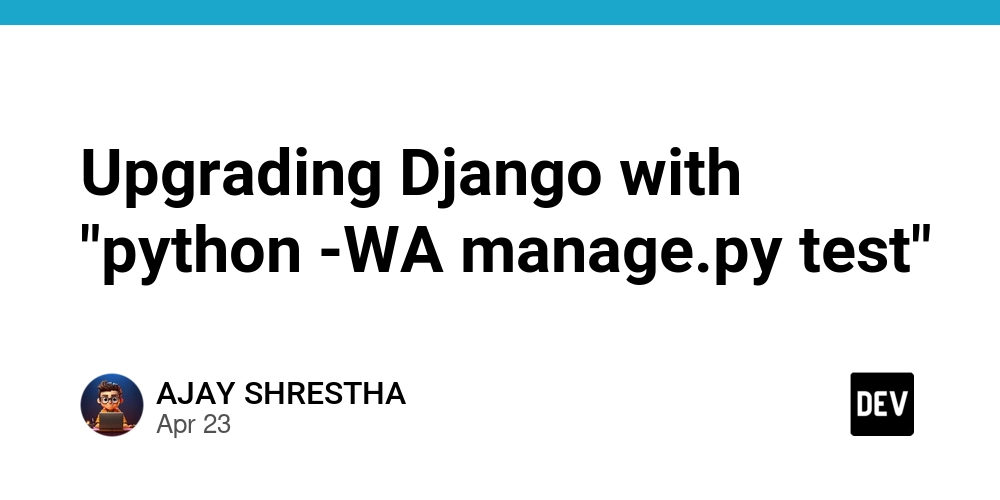Understanding Arbitrum Gas Fees: A Comprehensive Guide
Abstract: This post delves into the transformative technology behind Arbitrum’s gas fee reductions on Ethereum. We explore its history, core innovative features such as optimistic rollups, and the technical elements that enable off-chain transaction processing. Practical applications in DeFi, NFT marketplaces, and cross-chain interoperability are discussed, along with challenges such as security vulnerabilities and centralization debates. Finally, we forecast future innovations and trends, including dynamic fee adjustments and enhanced interoperability with emerging blockchain ecosystems. This guide empowers blockchain developers and enthusiasts to harness efficient, scalable, and cost-effective solutions in the fast‐evolving world of crypto transactions. Introduction Ethereum’s notorious gas fees and network congestion have spurred significant innovation in blockchain scalability. One of the most promising solutions is Arbitrum, a Layer 2 scaling protocol that reduces transaction costs without sacrificing security. This comprehensive guide explores Arbitrum’s underlying technology, its extensive applications across fintech, decentralized finance (DeFi), and NFT marketplaces, and the challenges it faces as the ecosystem evolves. By combining technical insights with practical examples, we aim to empower both developers and blockchain enthusiasts to navigate and contribute to a more efficient decentralized environment. For more on the subject, check out the original analysis on Arbitrum and Ethereum Gas Price. Background and Context History of Scaling on Ethereum Ethereum, despite its pioneering role in decentralized applications, has struggled with high gas fees and limited throughput. To overcome these issues, developers introduced various Layer 2 solutions. Arbitrum emerged as a standout technology by employing optimistic rollups—a method that aggregates multiple transactions off-chain and submits only essential data to the mainnet. Historically, scaling solutions like sidechains, state channels, and other rollup models provided incremental improvements. However, Arbitrum combines cost efficiency with strong security, making it a compelling candidate in the era of Ethereum 2.0 and beyond. Key Definitions Understanding Arbitrum requires familiarity with several technical concepts: Optimistic Rollups: Assume transactions are valid by default, only verifying in cases of disputes. Gas Fees: The cost tied to performing operations on the Ethereum network. Dispute Resolution Mechanisms: Systems in place to challenge invalid transactions and preserve network integrity. EVM Compatibility: Ensures that Open-Source smart contracts originally designed for Ethereum work seamlessly with Arbitrum. A summary table of these definitions is presented below: Term Definition Impact Optimistic Rollups Off-chain batch processing with on-chain data summaries. Major reduction in gas fees and faster transaction throughput. Gas Fees Costs required to execute transactions on Ethereum. High fees can hamper user experience and block smaller transactions. Dispute Resolution Mechanism to challenge and validate transactions when discrepancies occur. Maintains security without checking every single transaction. EVM Compatibility The ability to run Ethereum smart contracts unmodified. Eases adoption by developers familiar with Ethereum standards. Ecosystem Impact Arbitrum’s design not only optimizes gas fees but also fosters deeper integration across multiple sectors: Decentralized Finance (DeFi): Lower fees facilitate microtransactions, enabling innovative lending, borrowing, and token-swap services. NFT Marketplaces: Reduced gas fees support artists and collectors by lowering the cost of minting and trading NFTs. Open-Source Contributions: Cost-effective transaction processing allows communities to focus on collaborative development and sustainable funding. Additional insights on how these mechanisms work can be explored in resources like What is Arbitrum and Arbitrum Gas Fees. Core Concepts and Features Arbitrum employs a series of technical innovations to ensure cost-effective and efficient transactions. Each feature works collaboratively to deliver a robust Layer 2 solution. Optimistic Rollups and Batch Processing At the heart of Arbitrum’s scalability lies its use of optimistic rollups. This technique compresses and aggregates multiple transactions off-chain, then posts a concise summary on the Ethereum mainnet. By doing so, the approach greatly reduces the gas cost per transaction. The assumption is that submitted transactions are valid unless challenged by a validator. For a deeper dive into this mechanism, see Arbitrum Rollups. Data Compression and Transaction Aggregation Batch processing is another critical innovation: Only essential data is recorded on-chain. Multiple transactions share a sin

Abstract:
This post delves into the transformative technology behind Arbitrum’s gas fee reductions on Ethereum. We explore its history, core innovative features such as optimistic rollups, and the technical elements that enable off-chain transaction processing. Practical applications in DeFi, NFT marketplaces, and cross-chain interoperability are discussed, along with challenges such as security vulnerabilities and centralization debates. Finally, we forecast future innovations and trends, including dynamic fee adjustments and enhanced interoperability with emerging blockchain ecosystems. This guide empowers blockchain developers and enthusiasts to harness efficient, scalable, and cost-effective solutions in the fast‐evolving world of crypto transactions.
Introduction
Ethereum’s notorious gas fees and network congestion have spurred significant innovation in blockchain scalability. One of the most promising solutions is Arbitrum, a Layer 2 scaling protocol that reduces transaction costs without sacrificing security. This comprehensive guide explores Arbitrum’s underlying technology, its extensive applications across fintech, decentralized finance (DeFi), and NFT marketplaces, and the challenges it faces as the ecosystem evolves. By combining technical insights with practical examples, we aim to empower both developers and blockchain enthusiasts to navigate and contribute to a more efficient decentralized environment.
For more on the subject, check out the original analysis on Arbitrum and Ethereum Gas Price.
Background and Context
History of Scaling on Ethereum
Ethereum, despite its pioneering role in decentralized applications, has struggled with high gas fees and limited throughput. To overcome these issues, developers introduced various Layer 2 solutions. Arbitrum emerged as a standout technology by employing optimistic rollups—a method that aggregates multiple transactions off-chain and submits only essential data to the mainnet.
Historically, scaling solutions like sidechains, state channels, and other rollup models provided incremental improvements. However, Arbitrum combines cost efficiency with strong security, making it a compelling candidate in the era of Ethereum 2.0 and beyond.
Key Definitions
Understanding Arbitrum requires familiarity with several technical concepts:
- Optimistic Rollups: Assume transactions are valid by default, only verifying in cases of disputes.
- Gas Fees: The cost tied to performing operations on the Ethereum network.
- Dispute Resolution Mechanisms: Systems in place to challenge invalid transactions and preserve network integrity.
- EVM Compatibility: Ensures that Open-Source smart contracts originally designed for Ethereum work seamlessly with Arbitrum.
A summary table of these definitions is presented below:
| Term | Definition | Impact |
|---|---|---|
| Optimistic Rollups | Off-chain batch processing with on-chain data summaries. | Major reduction in gas fees and faster transaction throughput. |
| Gas Fees | Costs required to execute transactions on Ethereum. | High fees can hamper user experience and block smaller transactions. |
| Dispute Resolution | Mechanism to challenge and validate transactions when discrepancies occur. | Maintains security without checking every single transaction. |
| EVM Compatibility | The ability to run Ethereum smart contracts unmodified. | Eases adoption by developers familiar with Ethereum standards. |
Ecosystem Impact
Arbitrum’s design not only optimizes gas fees but also fosters deeper integration across multiple sectors:
- Decentralized Finance (DeFi): Lower fees facilitate microtransactions, enabling innovative lending, borrowing, and token-swap services.
- NFT Marketplaces: Reduced gas fees support artists and collectors by lowering the cost of minting and trading NFTs.
- Open-Source Contributions: Cost-effective transaction processing allows communities to focus on collaborative development and sustainable funding.
Additional insights on how these mechanisms work can be explored in resources like What is Arbitrum and Arbitrum Gas Fees.
Core Concepts and Features
Arbitrum employs a series of technical innovations to ensure cost-effective and efficient transactions. Each feature works collaboratively to deliver a robust Layer 2 solution.
Optimistic Rollups and Batch Processing
At the heart of Arbitrum’s scalability lies its use of optimistic rollups. This technique compresses and aggregates multiple transactions off-chain, then posts a concise summary on the Ethereum mainnet. By doing so, the approach greatly reduces the gas cost per transaction. The assumption is that submitted transactions are valid unless challenged by a validator. For a deeper dive into this mechanism, see Arbitrum Rollups.
Data Compression and Transaction Aggregation
Batch processing is another critical innovation:
- Only essential data is recorded on-chain.
- Multiple transactions share a single gas fee, leading to overall cost savings.
- Network congestion is minimized by reducing the number of mainnet transactions.
A bullet list of benefits illustrates these advantages:
- Lower Bandwidth Usage: Off-chain channels reduce redundancy.
- Faster Confirmation Times: More rapid processing of batched transactions.
- Cost Efficiency: Shared gas fees make micropayments viable.
Dispute Resolution and Security Protocols
Despite assuming transaction validity, Arbitrum integrates robust dispute resolution mechanisms. Here’s how the process works:
- Challenging Transactions: Validators can flag potentially fraudulent transactions.
- Security Audits: Regular reviews and on-chain verifications ensure that any discrepancies are promptly resolved.
- Network Integrity: This system strikes a balance between speed and security, ensuring trust without high costs.
More details on safeguarding the network can be found under Arbitrum Security.
EVM Compatibility and Dynamic Fee Adjustment
Arbitrum is designed to be EVM compatible, meaning that developers can port their Ethereum smart contracts with minimal modifications. This compatibility is key to encouraging widespread adoption. Additionally, the platform employs dynamic fee adjustment:
- Real-Time Fee Tuning: Automatically adjusts fees based on network demand.
- Economic Incentives: Encourages validators by ensuring fair compensation even in high-demand scenarios.
A table outlining these features is provided below:
| Feature | Description | Benefit |
|---|---|---|
| EVM Compatibility | Seamless integration of Ethereum smart contracts. | Lower transition costs for developers. |
| Dynamic Fee Adjustment | Real-time modulation of fees based on network load. | Ensures sustainable economic incentives and user participation. |
Cross-Chain Interoperability
Arbitrum also contributes to a more interconnected blockchain ecosystem:
- Bridging Protocols: Works with other Layer 2 solutions and blockchains.
- Improved Transaction Finality: Facilitates smoother cross-chain operations without compromising security.
- Open-Source Collaboration: Encourages joint development across multiple blockchain projects, thereby amplifying the innovation potential.
Applications and Use Cases
Arbitrum’s low-fee infrastructure has spurred its adoption across various sectors. Below, we detail key practical implementations that demonstrate its broad utility.
Decentralized Finance (DeFi)
DeFi platforms rely on frequent, low-cost transactions. With Arbitrum:
- DEXs (Decentralized Exchanges) benefit from reduced slippage and enable high-frequency trading.
- Lending Protocols can facilitate microloans and decentralized credit systems at fractions of conventional costs.
- Stablecoins and Token Swaps: Enhanced efficiency encourages user engagement and rapid market responsiveness.
NFT Marketplaces and Digital Collectibles
The NFT space has grown exponentially, and Arbitrum plays a pivotal role in this expansion:
- Minting Efficiency: Lower fees allow artists to experiment creatively without burning up budgets.
- Secondary Market Trading: Cost reductions foster a vibrant community for buying and selling digital art.
- Community Projects: Initiatives like the World of Women NFT Collection thrive under Arbitrum’s affordable transaction model.
Cross-Chain and Open-Source Ecosystems
Arbitrum’s interoperability has implications beyond finance:
- Cross-Chain Payments: Enables seamless, cost-effective global transfers.
- Open-Source Integration: Developers building blockchain solutions (from voting systems to tokenized assets) can optimize transactions with negligible overhead.
- Collaborative Projects: Open-source communities leverage Arbitrum’s low fees to launch and sustain innovative projects without incurring prohibitive costs.
A bullet list summarizing practical use cases includes:
- High-Frequency Trading: Enabling rapid transactions for market stability.
- NFT Minting and Sales: Lower transaction costs spur creative digital art projects.
- Cross-Border Payments: Affordable fees facilitate international transactions.
- Decentralized Applications (DApps): Supports scalable and economically viable decentralized services.
For additional perspectives on cross-chain interoperability, consider the discussion found in Arbitrum and Blockchain Interoperability.
Challenges and Limitations
Despite its many strengths, Arbitrum is not without challenges. A balanced exploration of its limitations is crucial for understanding its future trajectory.
Technical and Security Concerns
- Assumption of Validity: Optimistic rollups assume transaction correctness, which could be exploited if validators fail to challenge fraudulent batches.
- Centralization Risk: Early stages can see validator and sequencer roles concentrated among a few, raising concerns about decentralization.
- Data Availability: Maintaining off-chain data accessibility remains a technical hurdle when disputes necessitate on-chain verification.
Fee Model Uncertainties
- Dynamic Adjustments: Although innovative, dynamic fees can be unpredictable during sudden spikes in network demand, posing budgeting challenges for large-scale projects.
- Economic Incentives: Balancing validator compensation with low fees requires constant fine-tuning of economic models.
Adoption and Integration Hurdles
- Developer Transition: Even though EVM compatibility is a strength, some smart contracts may need slight reconfiguration to operate optimally on Arbitrum.
- Interoperability Standards: Seamless integration with other protocols demands standardized APIs and data formats, which are still evolving.
- Regulatory and Compliance Issues: As global regulatory landscapes shift, changes in cryptocurrency laws may affect Arbitrum’s operational framework.
A summary table helps illustrate these challenges versus potential mitigation strategies:
| Challenge | Impact | Mitigation Strategy |
|---|---|---|
| Security Verification | Risk from unverifiable fraudulent transactions. | Robust dispute resolution and continuous security audits. |
| Centralization | Concentrated validator power. | Expanding validator networks and encouraging decentralization. |
| Dynamic Fee Variability | Unpredictable transaction costs during demand spikes. | Improved economic models and automated fee adjustments. |
| Integration Complexity | Difficulties in porting legacy contract code. | Enhanced developer tools and community support initiatives. |
Future Outlook and Innovations
The future landscape of blockchain scalability is rich with opportunities. Innovations in Layer 2 solutions, including Arbitrum, promise further enhancements driven by both technological advances and evolving market needs.
Advanced Dispute Resolution and Enhanced Security
- Algorithm Upgrades: Ongoing improvements in dispute resolution algorithms will further reduce security vulnerabilities.
- Decentralized Validator Networks: Increased participation will likely diffuse control from centralized entities, strengthening network resilience.
- Smart Audit Tools: Integration of automated smart contract audit tools and real-time monitoring systems could further enhance security.
Interoperability and Cross-Chain Innovations
- Seamless Bridges: Future upgrades may include more robust cross-chain bridges, enabling easier and faster interoperability with other Layer 2 solutions like Polygon and Optimism.
- Collaborative Standards: As the ecosystem matures, shared standards across projects will promote a unified blockchain ecosystem, ensuring smoother developer transitions.
Economic Incentives and Predictable Dynamic Fees
- Stable Fee Models: Innovations in dynamic fee adjustment are expected to yield more predictable fee structures during network surges.
- Validator Incentives: Reward systems for validators and sequencers will evolve, further democratizing participation and sustaining the network’s growth.
- Open-Source Collaborations: Continued funding of open-source projects and initiatives ensures a continuous influx of innovative approaches to scaling.
Integration with Emerging Technologies
- AI and IoT Integration: The convergence of blockchain with artificial intelligence and the Internet of Things will demand ultra-low transaction costs for real-time data processing.
- Enhanced DApp Capabilities: Next-generation decentralized applications will leverage Arbitrum’s scalability to offer improved user experiences in gaming, finance, and digital identity management.
For further insights into upcoming trends, be sure to check Arbitrum Future Updates.
Open-Source Funding and Developer Ecosystems
Emerging funding models—such as those discussed in Angel Investors in Blockchain and Sustaining the Backbone of Technology: Open Source Funding Platforms—are crucial for long-term innovation. Funding models tailored for open-source projects will incentivize developers to explore, innovate, and improve scalability on Arbitrum and related technologies.
Summary
In this comprehensive guide, we have explored how Arbitrum offers a scalable solution to the Ethereum gas fee conundrum. Through optimistic rollups, batch processing, and advanced dispute resolution mechanisms, Arbitrum enables lower transaction fees and enhanced throughput while maintaining the security and decentralization Ethereum is known for.
Key takeaways include:
- Arbitrum alleviates network congestion by aggregating off-chain transactions and compressing data.
- Its EVM compatibility and dynamic fee adjustment mechanisms foster seamless integration and economic sustainability.
- Real-world applications in DeFi, NFT marketplaces, and open-source projects highlight its transformative potential.
- Challenges in security, centralization, fee fluctuations, and interoperability remain—but are being actively addressed through continuous technical and economic innovations.
- The future landscape promises further integration with emerging technologies like AI, IoT, and enhanced cross-chain interoperability.
For those passionate about blockchain scalability, exploring Arbitrum provides a valuable window into the next era of decentralized innovation.
Additional Resources:
- Read more about how rollups work in Arbitrum Rollups.
- Explore security measures in the protocol at Arbitrum Security.
- Learn about the innovative NFT projects like the World of Women NFT Collection.
- Discover more about the basics of Arbitrum at What is Arbitrum.
From a technical viewpoint, Arbitrum epitomizes the delicate balance between efficiency and security in blockchain transactions. As the platform matures and further innovations emerge, its contributions will continue to shape how decentralized applications operate and expand globally.
For additional perspectives on sustainability in blockchain projects and funding, check out posts such as Zora's NFT Marketplace: A Beacon for Open Source Innovation and Navigating the Funding Maze for Open Source Developers.
In conclusion, Arbitrum is not just a technical upgrade—it is a catalyst for a new era of scalable, accessible, and inclusive blockchain networks. As the crypto ecosystem continues to expand and integrate with emerging technologies, understanding and leveraging solutions like Arbitrum will be essential for developers, investors, and end-users alike. Embrace this evolution to stay ahead in the decentralized future!
Happy scaling and innovating!































































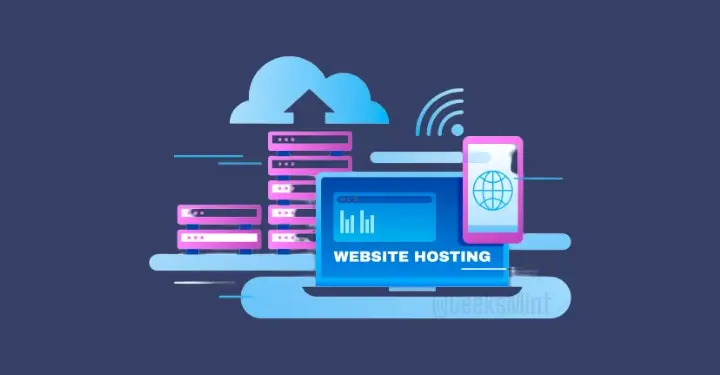









![Apple Drops New Immersive Adventure Episode for Vision Pro: 'Hill Climb' [Video]](https://www.iclarified.com/images/news/97133/97133/97133-640.jpg)

![Most iPhones Sold in the U.S. Will Be Made in India by 2026 [Report]](https://www.iclarified.com/images/news/97130/97130/97130-640.jpg)









![This new Google TV streaming dongle looks just like a Chromecast [Gallery]](https://i0.wp.com/9to5google.com/wp-content/uploads/sites/4/2025/04/thomson-cast-150-google-tv-1.jpg?resize=1200%2C628&quality=82&strip=all&ssl=1)


![Hostinger Horizons lets you effortlessly turn ideas into web apps without coding [10% off]](https://i0.wp.com/9to5mac.com/wp-content/uploads/sites/6/2025/04/IMG_1551.png?resize=1200%2C628&quality=82&strip=all&ssl=1)






























































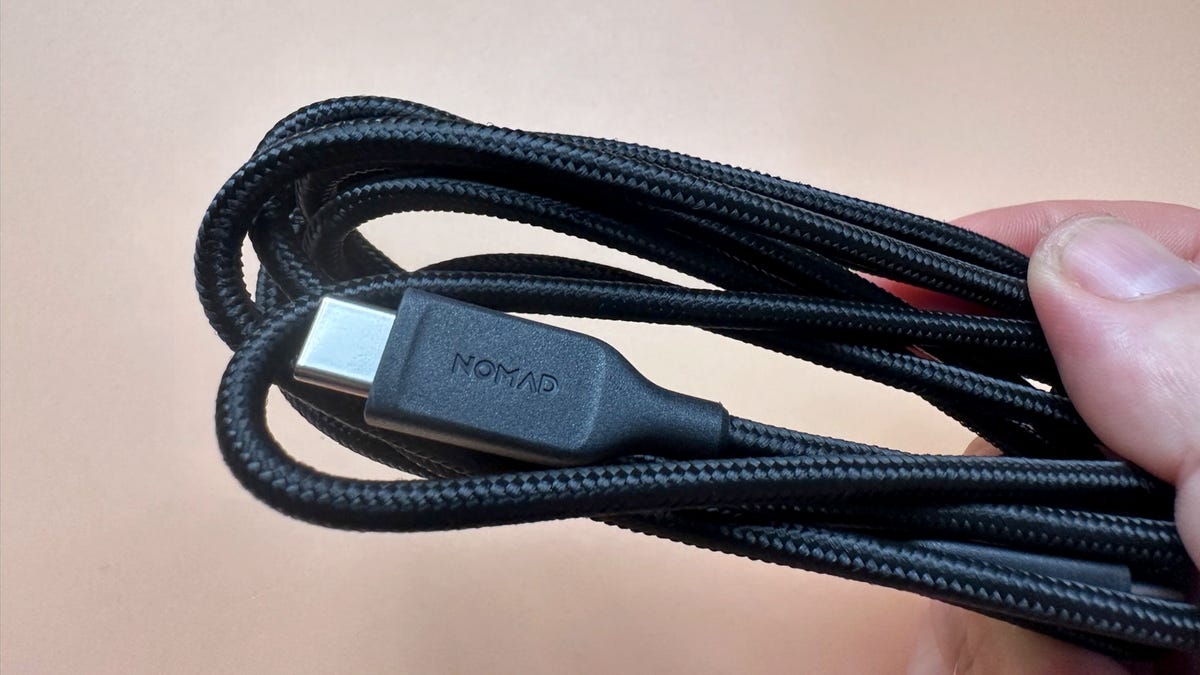



























_Olekcii_Mach_Alamy.jpg?width=1280&auto=webp&quality=80&disable=upscale#)
























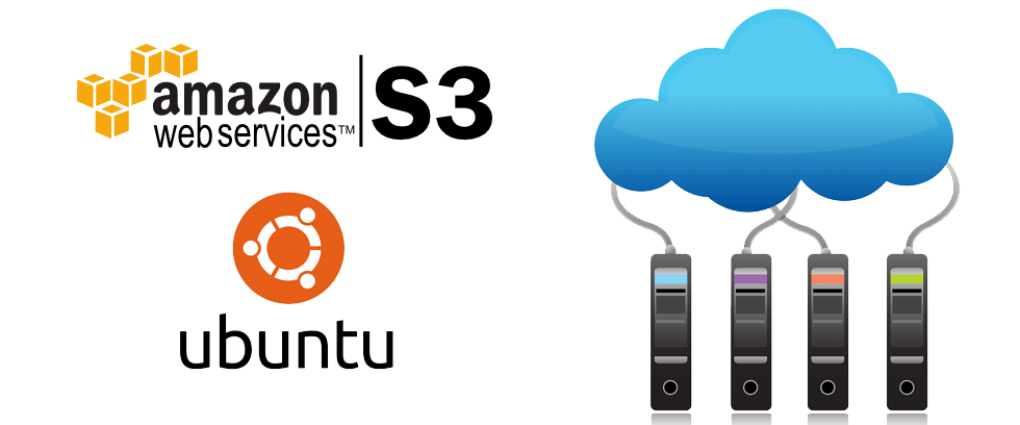
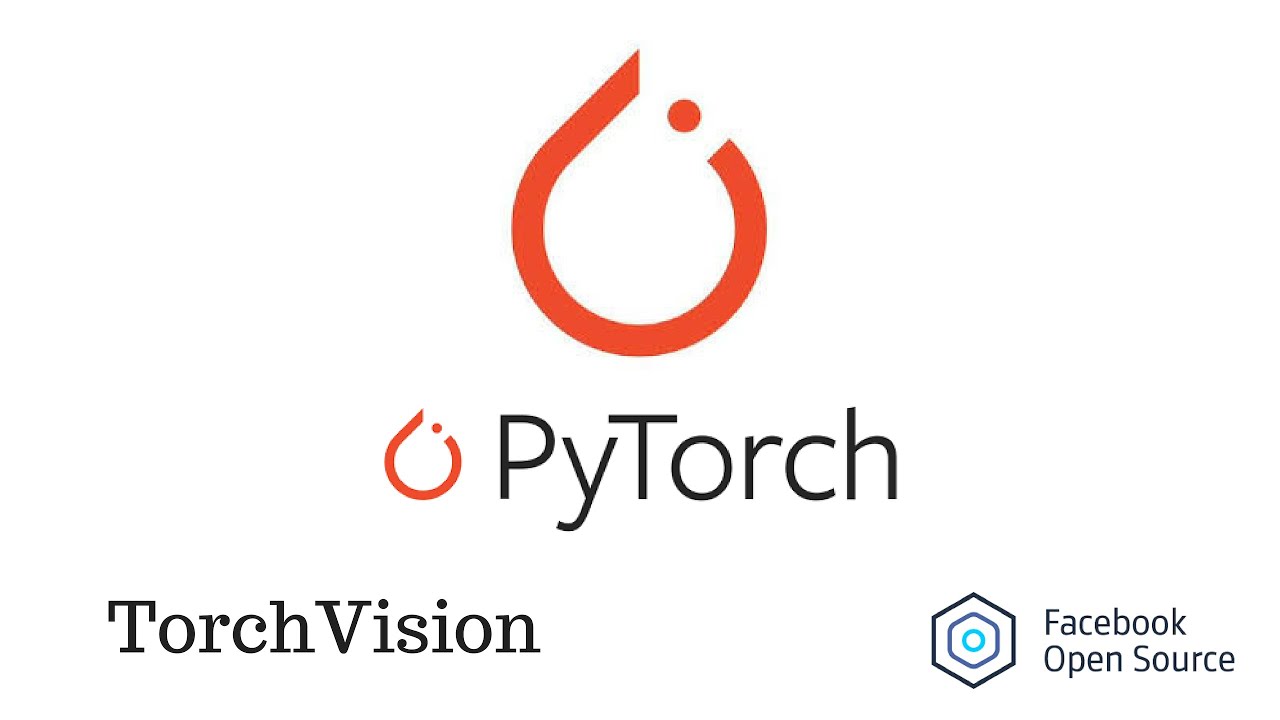




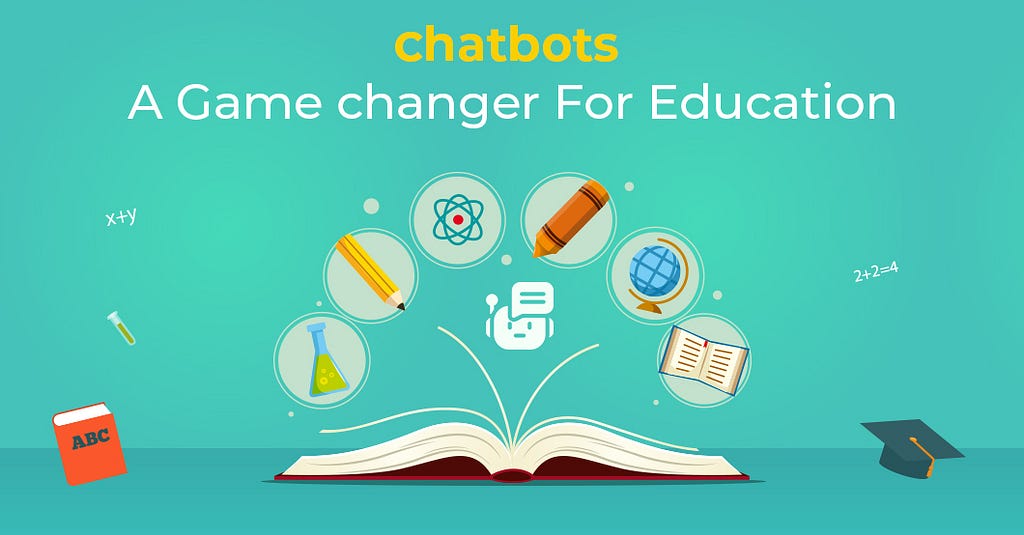
















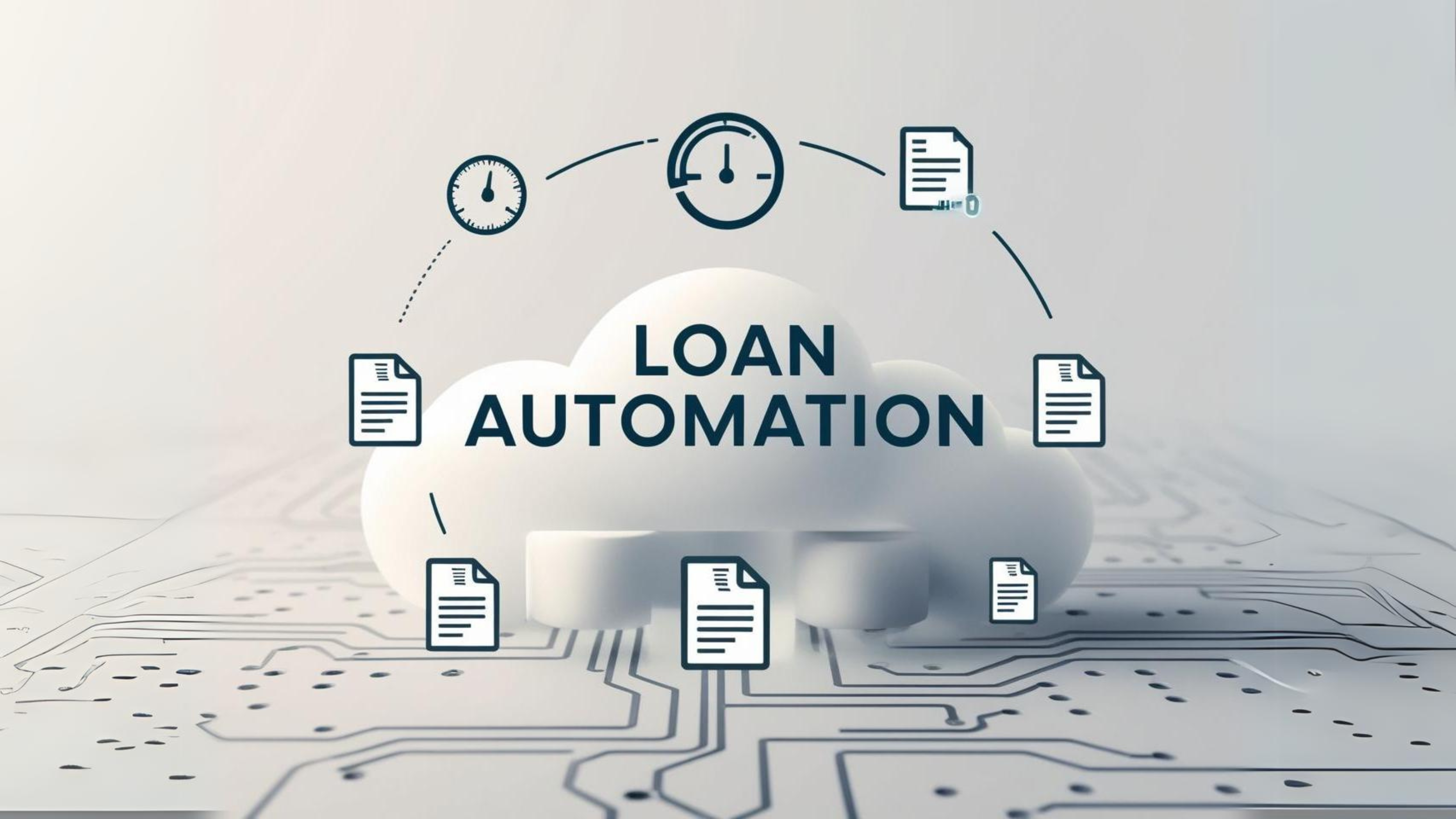
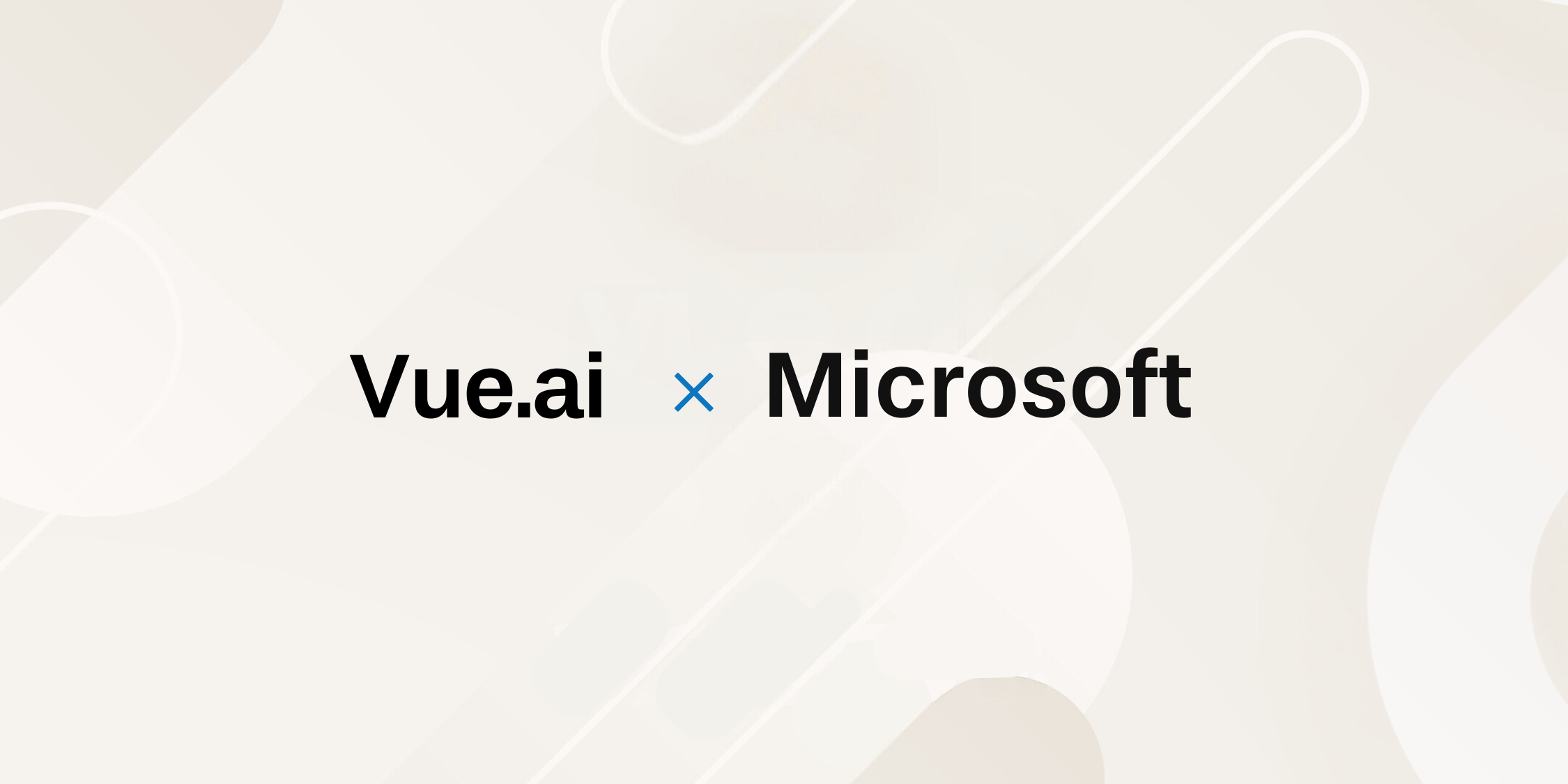




































































![[The AI Show Episode 144]: ChatGPT’s New Memory, Shopify CEO’s Leaked “AI First” Memo, Google Cloud Next Releases, o3 and o4-mini Coming Soon & Llama 4’s Rocky Launch](https://www.marketingaiinstitute.com/hubfs/ep%20144%20cover.png)











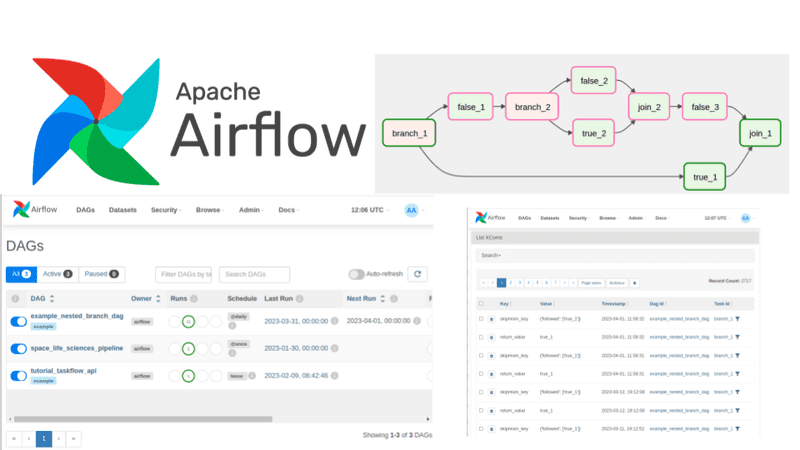



































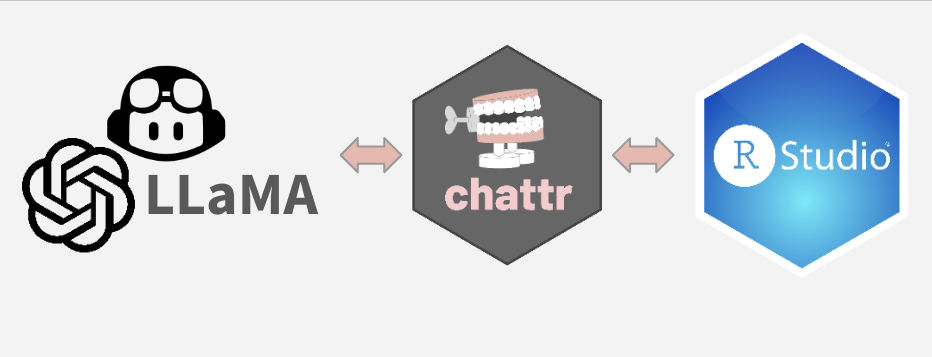
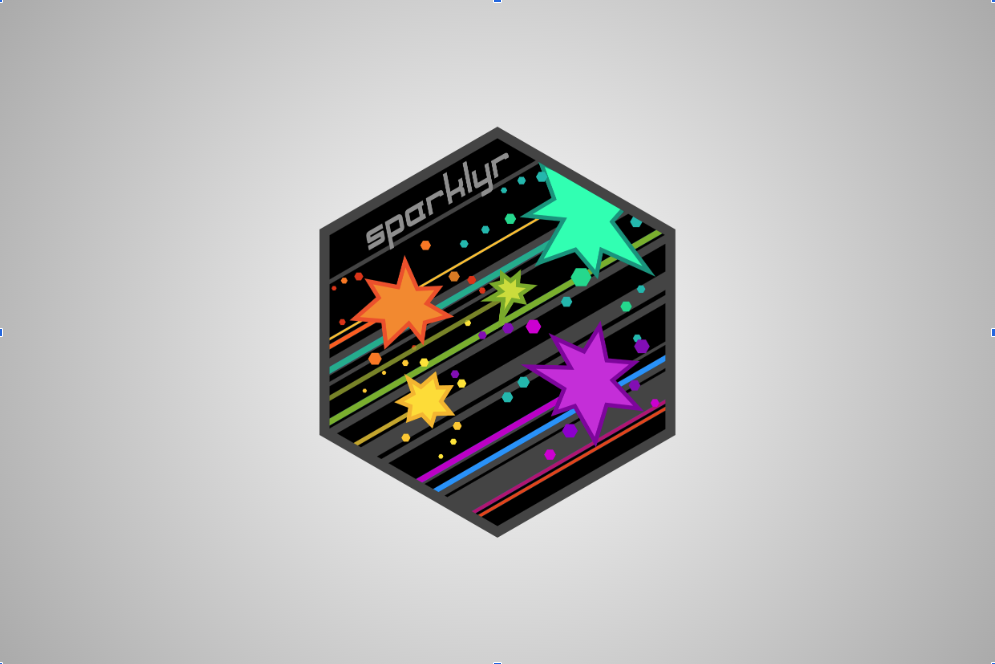














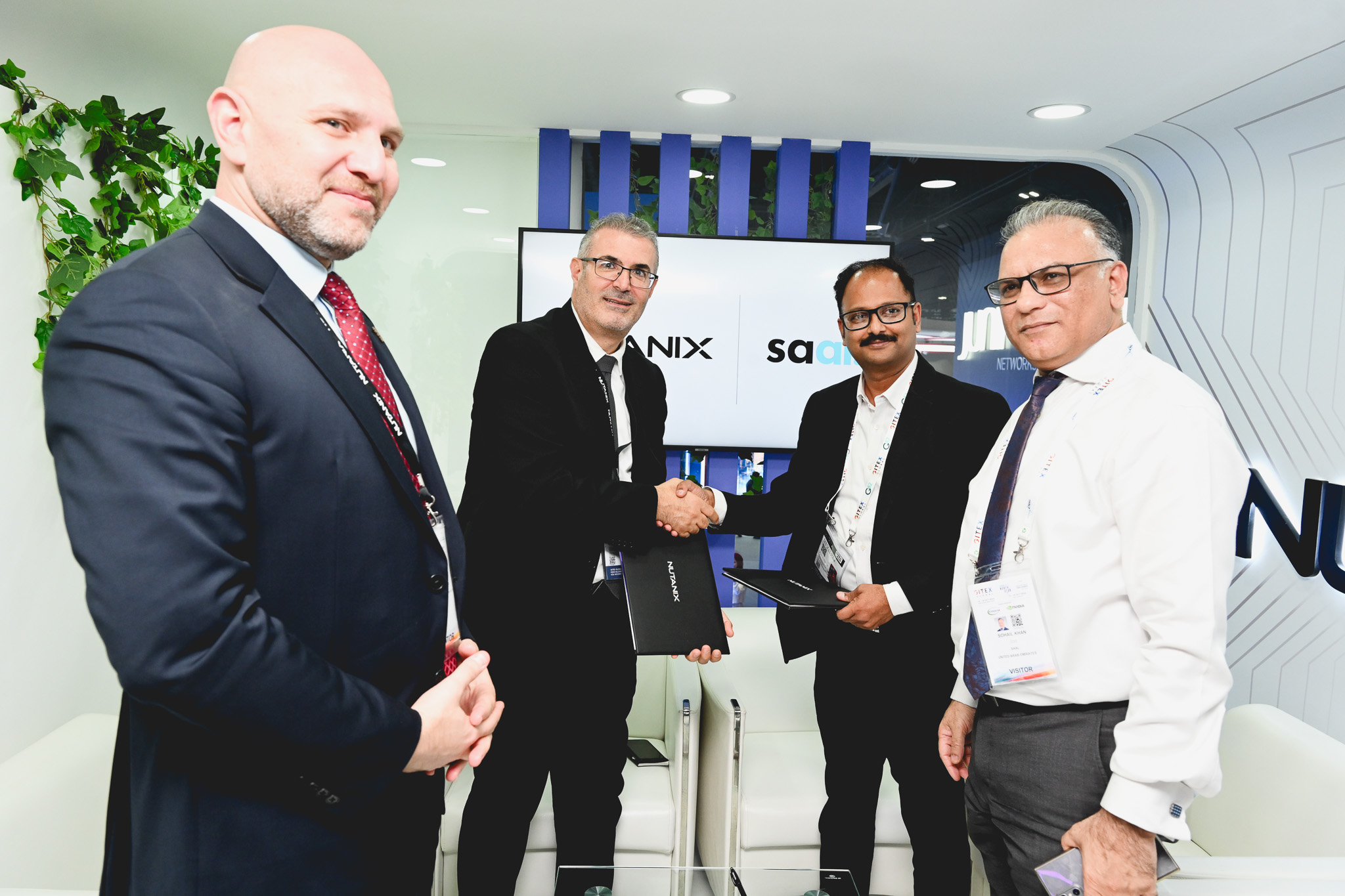





















































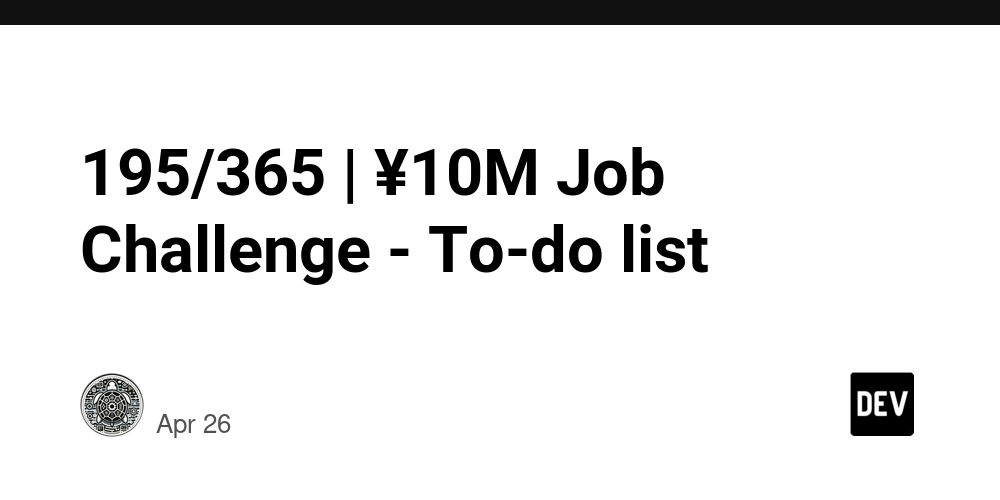
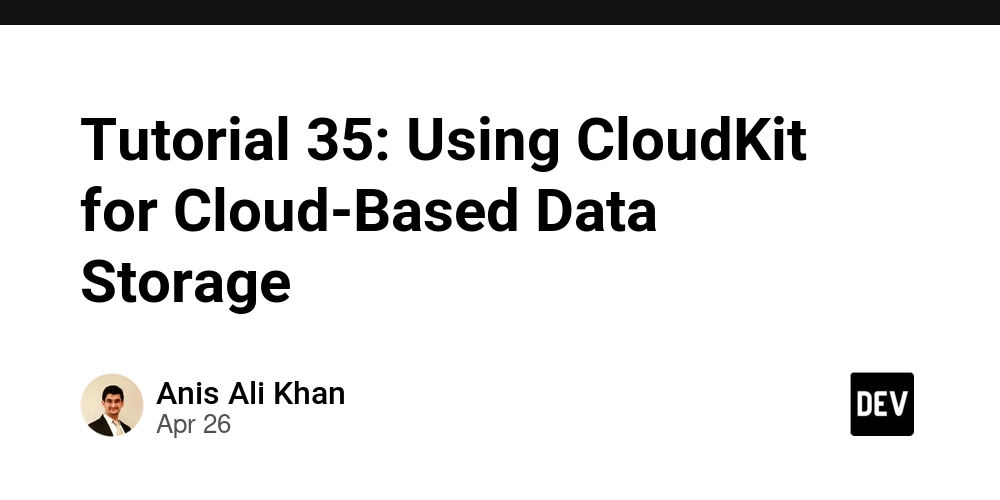














































![[FREE EBOOKS] AI and Business Rule Engines for Excel Power Users, Machine Learning Hero & Four More Best Selling Titles](https://www.javacodegeeks.com/wp-content/uploads/2012/12/jcg-logo.jpg)
























































































.jpg?width=1920&height=1920&fit=bounds&quality=70&format=jpg&auto=webp#)



